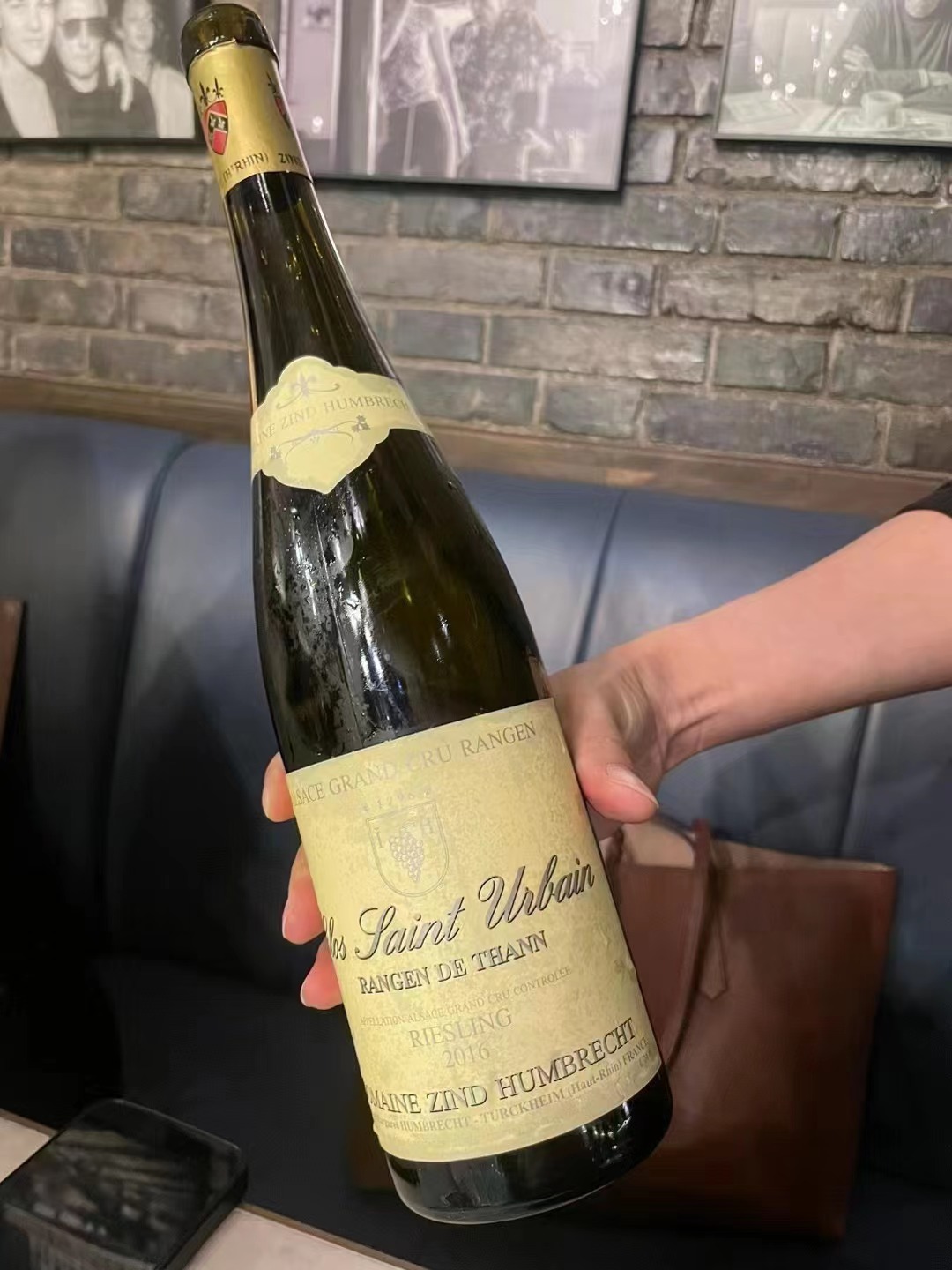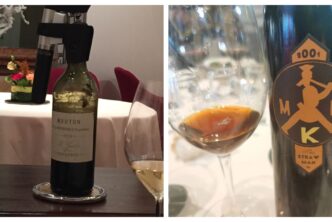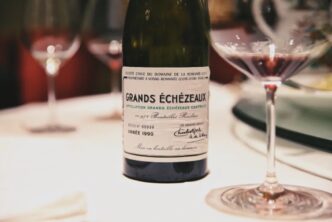Duckhorn Vineyards 1978 Merlot Three Palms Vineyard Napa Valley California 97
by Michael Apstein

Duckhorn Vineyards, founded in 1976 by Dan and Margaret Duckhorn, released its first wines two years later, from the 1978 vintage: 6,000 bottles each of a Cabernet Sauvignon and this Merlot. Mind you, the vineyard from which the Merlot came, the Three Palms Vineyard, had been planted by the Uptons a decade earlier. Duckhorn was the first American winery to focus on high-end, high-quality Merlot. Dan Duckhorn recalled on the winery website how he first became intrigued by Merlot, “I liked the softness, the seductiveness, the color . . . the fact that it went with a lot of different foods; it wasn’t so bold, didn’t need to age so long, and it had this velvety texture to it. It seemed to me to be a wonderful wine to just enjoy. I became enchanted with Merlot.” The rest is history. The popularity of Merlot took off, in part because Duckhorn showed how majestic a wine it could be. Currently, Duckhorn lists seven Napa Valley Merlot on their website: one labeled simply, Napa Valley; one from the Carneros region of Napa; one from Atlas Peak; and then four single vineyard ones, Stout Vineyard, Rector Creek Vineyard, Hyde Vineyard, and the now famed Three Palms Vineyard.
The 83-acre Three Palms Vineyard, owned entirely by Duckhorn since 2015, lies in the warmer Calistoga AVA of Napa Valley. Sloan and John Upton originally planted the vineyard, but before that it was a residence of Lillie Hitchcock Coit, a prominent San Francisco socialite (think the Coit Tower). The vineyard’s name came from the three palm trees left on the estate after Coit died. The poor, rocky and well-drained soil contains river wash—an alluvial plain—that force the roots deep, which is thought to bring more complexity to the wine. The covering of volcanic stones hold heat and radiate it back to the grapes at night, aiding ripening. Though other Bordeaux varieties are grown in Three Palms Vineyards, Merlot is the one that gave the vineyard its fame and comprises two-thirds of the plantings.
Duckhorn’s 1978 Three Palms Merlot, at 45 years of age, remains a magnificent wine. The initial aromas after pulling the cork and decanting the wine were funky, which is a fairly common trait in wines that have been couped up in a bottle for 40+ years. They need to breathe. After about 15 minutes, glorious aromas of mature wine—leafy and earthy notes—emerge. Similar savory hints combined with nuances of fresh and dried fruits explode on the palate. A suave texture and brilliant acidity just amplify the wine’s stature. Still fresh and alluring, it continues to expand in the glass. All of this comes with a stated alcohol of 12.9 percent! I bet Dan Duckhorn had no idea how his initial bottling would evolve. He would be pleased and proud. Drinking window: 2024 – 2030.
Zind Humbrecht 2016 Riesling Rangen de Thann Grand Cru Alsace Clos Saint Urbain 94
by Ian D’Agata

For many wine lovers, there is no better Riesling wine than Zind Humbrecht’s Rangen de Thann bottling. If you stop to think how many other great Riesling wines there are in Alsace alone, never mind Germany and elsewhere, you realize that’s quite the complement. For sure, the Rangen is a unique site that delivers a just as unique Riesling wine that can’t help but win converts: from Alsace’s most southernly grand cru and the only one that is truly volcanic in origin (sedimentary volcanic rock, mostly tuff and grauwacke), emerges a rich, powerful, spicy wine it is quite unlike any other Riesling wine available.
The Zind Humbrecht 2016 Riesling Rangen de Thann Grand Cru Alsace Clos Saint Urbain is yet another standout wine by this winery from this hallowed site. That they were able to come up with something this good in a rather difficult vintage is just further testimony to Olivier Humbrecht’s and his staff’s truly noteworthy level of talent. The 2016 clocks in at 13%, 2 g/L residual sugar and about 5.4 g/L total acidity (in tartaric units); even more importantly, a pH of only 3.4. Zind Humbrechts vines in the Rangen are closing in on almost sixty years of age and never fail to deliver a marvelously deep, layered, complex wine such as this one even in a climatically-challenged vintage. Clearly, Olivier Humbrecht, an immensely talented man, had just as much to do with the end-result as did his grand cru: for example, by deciding to pick before the mid-September rains that hit hard in the area.
Bright medium yellow with some gold. Crushed rocks and liquid salts complement smoky orchard fruit and herbs. This really does smell volcanic! Focused and energetic, the mineral component follows through on the rather dainty, saline, delicately spicy mouthfeel. The long juicy finish features hints of baked apple and pear, Very 2016 I that I wouldn’t say this is the fruitiest wine Humbrecht has ever made, and lighter in style thn some very powerful Rangen Riesling wines of other vintages. This is a more delicate but beautifully balanced version of this iconic wine that will prove more accessible to drink early on. Drinking window: 2024 – 2032.

 English
English

